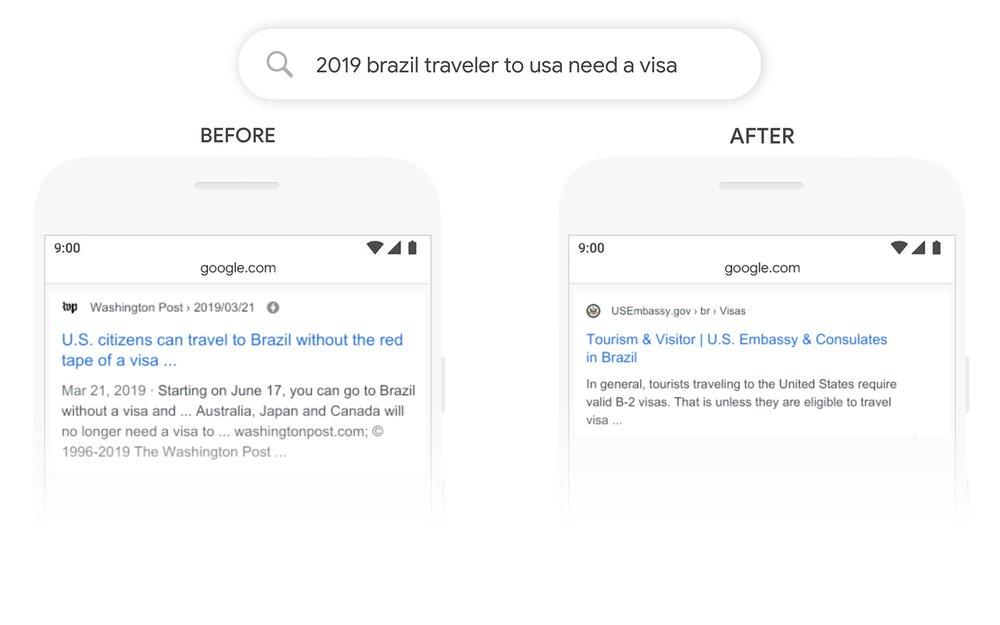Although keyword research is often seen as a formulaic process, it is more than that. You cannot create a comprehensive and robust keyword research list by looking at only the monthly search volume and keyword difficulty.
There is a lot more to keyword research than that.
In this post, we discuss five such ideas and concepts about keyword research that sadly do not get enough attention — but they are equally (or even more) important than the ones mentioned above.
1. Search intent
Most SEO professionals and content creators spend way too much time on metrics such as monthly search volume (MSV) and keyword difficulty (KD). While those are important metrics to pay attention to, they are not the be-all and end-all.
Search intent is another extremely important factor that sadly does not get enough attention. As a matter of fact, we think that search intent can oftentimes be even more important than any of these other metrics.
What is search intent?
In case you don’t know, search intent refers to the ideal outcome that the searcher wants — the reason behind the online search.
Three types of search intents
Online search intent can be broadly categorized into three types:
- Informational — Informational search intent is when the searchers want to find some information on the internet. This usually leads to them finding and reading an informative article, e.g., “what are the top 10 places to visit in Cairo, Egypt.”
- Navigational — Navigational search intent refers to when the searcher wants to visit a particular website on the internet. They do not want information; they just want to land on a specific website or web page, e.g., “basecamp sign up.”
- Commercial — Commercial search intent refers to when the searcher is looking to initiate and complete a transaction (buy a product or a service), e.g., “buy PlayStation 5 Digital Edition.”
As you can see, each type of search intent will likely trigger different types of search results. Understanding what the search intent is for each keyword during your keyword research process is crucial.
Without that understanding, you wouldn’t be able to identify what the searcher wants. And if you do not know what they want, you cannot cater to them.
2. Picking the right content type and angle
This is directly connected to the search engine user’s search intent.
Once you identify what the search intent is for the keyword that you want to target and optimize for, you can create the right type of content for that user. After all, the goal is to cater to that search intent.
For example, you will need an in-depth and comprehensive information page if the search intent is to find the right information. On the other hand, if the search intent is commercial in nature, an informative page won’t do the trick. You will need a landing page or a product page, for instance, to be able to rank for that keyword.
Before you start creating content to target a keyword, it is important to do a quick search on Google and see what the Google search engine results page (SERP) looks like.
For example, this is what the first search engine result page looks like for the keyword ‘ELD Device.’

As you can see, almost all the results on the SERP are product pages. This keyword is an excellent example of commercial search intent.
Search engine users who search for ‘ELD Device’ are mainly interested in buying an electronic logging device; they are not interested in informative content about ELDs.
In addition to deciding what type of content you’ll need for a particular keyword (informative or commercial pages), you should see what the angle of that content should be.
For example, you might be interested in creating an informative blog post. However, the SERP might be dominated by guides instead. In that case, the recommendation would be to create a guide — instead of a blog post — to target that particular keyword phrase.
Giving Google exactly what it needs or thinks is best to serve for a particular keyword is usually the best way.
3. Head vs. long-tail keywords
Head keywords or long-tail keywords: that is not a new debate.
The recommendation is usually to go after long-tail keywords and ignore head keywords. And, more often than not, that is sound advice because:
- Long-tail keywords are significantly easier to rank than head keywords.
- It is easier to serve the search intent of long-tail keywords because of how specific they are. On the other hand, head keywords are extremely vague; it is nearly impossible to determine what the search intent is.
- Long-tail keywords have the highest potential for conversions and sales.
Most content marketers and SEOs should target long-tail keywords over head keywords. However, it is also important to understand that head keywords have their place in a keyword strategy. And depending on how well established your website is, you may also want to target head and body keywords — in addition to long-tail keywords.
Here is a strategy we recommend.
If your website is new, target long-tail keywords as they are relatively easier to rank and give you a chance to start ranking on the SERPs and building backlinks.
However, as your site’s domain authority increases and the link profile strengthens, you can aim for tougher keywords — including body and head keywords.
4. Keywords for each stage of the sales funnel
When conducting keyword research, it is easy to ignore the sales funnel or the buyer’s journey — SEOs rarely connect keyword research with the buyer’s journey.
However, the ultimate goal of any SEO strategy is to bring in conversions, sales, and revenue. You cannot achieve that goal if you do not think about the buyer’s journey from the beginning.
When researching and shortlisting keywords, it is important to identify which keywords you’d use to target customers at each stage of the sales funnel. I’ve seen it too many times that the final keyword research list is comprised mostly of top-of-the-funnel topics. Although TOF content is important, your SEO and keyword strategy is not complete if you do not account for the other stages: middle-of-the-funnel and bottom-of-the-funnel.
After reading your TOFU article, where would the user go? Where would they click? What would they like to read next?
Think about all of that while you are conducting and finalizing your keyword research.
5. Content relevance > Keyword density
Last but not least.
Maintaining keyword density has become a bit of an outdated technique for ranking a web page. That’s because Google algorithms such as Google RankBrain and Google BERT have made the search engine smarter and more adept at understanding the meaning of an article.
Google does not need to rely on exact keyword phrases as it once used to.
Take a look at the following example: before and after Google BERT.

As you can see in the above example, Google now understands the subtle nuances of language and is perfectly capable of surfacing the most relevant and useful results for the user.
It does not need exact keyword phrases to identify if the article is relevant to the search query or not.
Therefore, the focus should be on identifying relevant and related search queries that can help create a comprehensive piece of content — not on repeating a keyword X times in hopes that Google would rank your page for that keyword.
Conclusion
Keyword research can be a complicated process. Unfortunately, most of the time, we just go by the books and ignore the complexities that come with identifying, analyzing, and understanding the different keywords.
Instead of solely focusing on monthly search volume and keyword difficulty, also try to understand the search intent of a keyword, the type of content that Google thinks is best to serve that intent, the stage of the sales funnel a keyword can help with, and how you can create the most relevant and useful content for that keyword.
